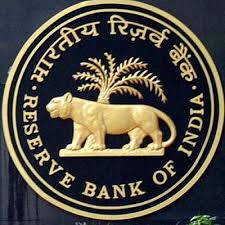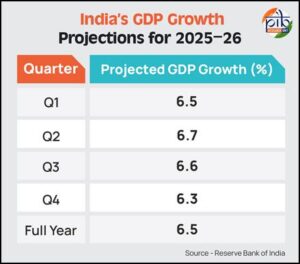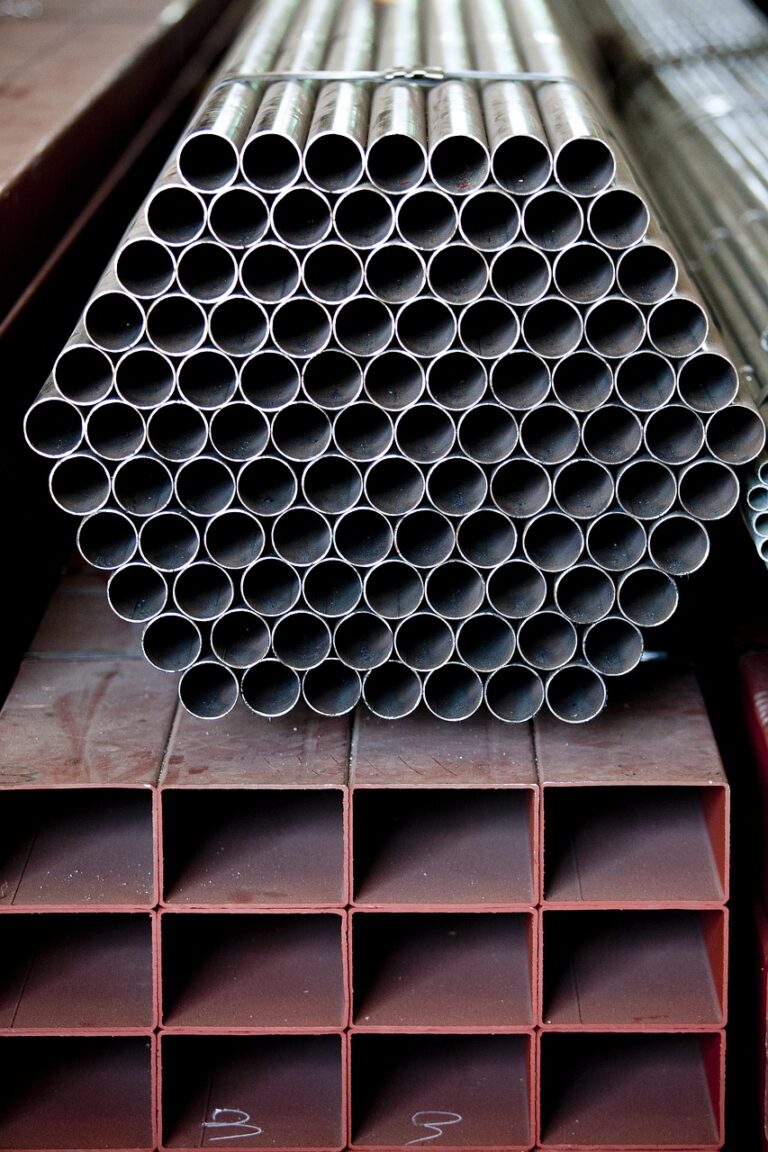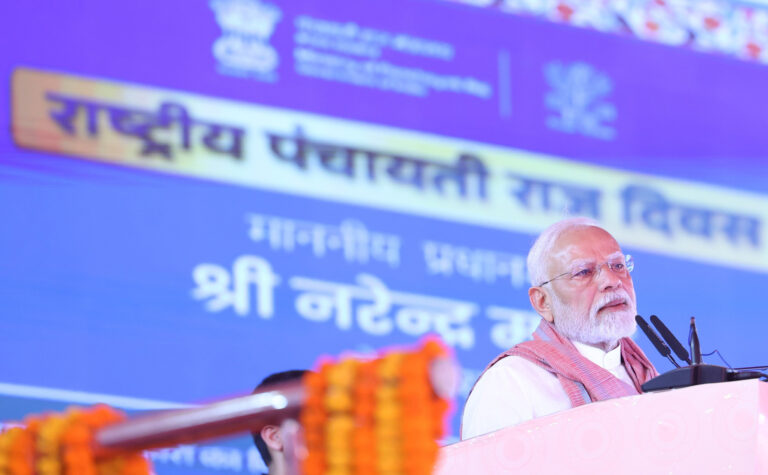
 Mumbai: The Reserve Bank of India (RBI) reduced the policy repo rate by 25 basis points to 6 per cent with immediate effect, following a unanimous decision by the Monetary Policy Committee (MPC) in its 54th meeting on 9 April 2025, the first of the financial year 2025-26. The repo rate, which determines the cost at which the RBI lends to commercial banks, aims to encourage lending and investment amid improving domestic conditions and global uncertainties. The announcement, detailed in the RBI’s April 2025 Policy Update, coincides with the central bank’s 90th anniversary since its founding on April 1, 1935, highlighting its evolving role in managing inflation, supporting growth, and ensuring financial stability.
Mumbai: The Reserve Bank of India (RBI) reduced the policy repo rate by 25 basis points to 6 per cent with immediate effect, following a unanimous decision by the Monetary Policy Committee (MPC) in its 54th meeting on 9 April 2025, the first of the financial year 2025-26. The repo rate, which determines the cost at which the RBI lends to commercial banks, aims to encourage lending and investment amid improving domestic conditions and global uncertainties. The announcement, detailed in the RBI’s April 2025 Policy Update, coincides with the central bank’s 90th anniversary since its founding on April 1, 1935, highlighting its evolving role in managing inflation, supporting growth, and ensuring financial stability.
 The MPC’s decision on repo rate reflects a response to easing inflation and a recovering economy. RBI Governor Sanjay Malhotra said that on the inflation front, “while the sharper-than-expected decline in food inflation has given us comfort and confidence, we remain vigilant to the possible risks from global uncertainties and weather disturbances”. He pointed out that growth was improving after a weak performance in the first half of the financial year 2024-25, but noted that “it still remains lower than what we aspire for”. Referring to the recent trade tariff-related measures, he said they have exacerbated uncertainties clouding the economic outlook across regions, posing new headwinds for global growth and inflation. Amidst this turbulence, the US dollar has weakened appreciably; bond yields have softened significantly; equity markets are correcting; and crude oil prices have fallen to their lowest in over three years. “Under these circumstances, central banks are navigating cautiously, with signs of policy divergence across jurisdictions, reflecting their own domestic priorities, he said.
The MPC’s decision on repo rate reflects a response to easing inflation and a recovering economy. RBI Governor Sanjay Malhotra said that on the inflation front, “while the sharper-than-expected decline in food inflation has given us comfort and confidence, we remain vigilant to the possible risks from global uncertainties and weather disturbances”. He pointed out that growth was improving after a weak performance in the first half of the financial year 2024-25, but noted that “it still remains lower than what we aspire for”. Referring to the recent trade tariff-related measures, he said they have exacerbated uncertainties clouding the economic outlook across regions, posing new headwinds for global growth and inflation. Amidst this turbulence, the US dollar has weakened appreciably; bond yields have softened significantly; equity markets are correcting; and crude oil prices have fallen to their lowest in over three years. “Under these circumstances, central banks are navigating cautiously, with signs of policy divergence across jurisdictions, reflecting their own domestic priorities, he said.
Meanwhile, headline inflation softened in January and February 2025, driven by a sharp decline in food prices, bolstered by record wheat output and higher pulse production from the second advance estimates. The RBI projects Consumer Price Index (CPI) inflation at 4.0 per cent for 2025-26, within its target band of 4 per cent ±2 per cent, with quarterly estimates of 3.6 per cent in Q1, 3.9 per cent in Q2, 3.8 per cent in Q3, and 4.4 per cent in Q4. Growth is gaining traction after a weak first half in the prior year, with real GDP projected at 6.5 per cent for 2025-26, matching the 2024-25 estimate following a 9.2 per cent expansion the previous year. Quarterly forecasts stand at 6.5 per cent in Q1, 6.7 per cent in Q2, 6.6 per cent in Q3, and 6.3 per cent in Q4, a 20-basis-point downward revision from February due to global volatility.
Rate adjustments accompany the repo cut. The Standing Deposit Facility (SDF) rate, allowing banks to park excess funds with the RBI without collateral, now stands at 5.75 per cent. The Marginal Standing Facility (MSF) rate and Bank Rate, emergency borrowing options for banks when inter-bank funds dry up, have been revised to 6.25 per cent. These changes align with the RBI’s dual objectives of maintaining the 4 per cent CPI inflation target while fostering economic growth. The Monetary Policy Report, released alongside the MPC resolution, outlines these projections, noting a decline in crude oil prices, a weaker US dollar, softening bond yields, and equity market corrections amid resurfacing trade tensions globally.
 Economic recovery shows promise across sectors. Agriculture benefits from healthy reservoir levels and robust crop production, supporting rural demand. Manufacturing exhibits early revival signs with improved business sentiment, while the services sector remains resilient. Investment activity gains momentum, driven by higher capacity utilisation, government infrastructure focus, and strong bank and corporate balance sheets. Easing financial conditions further aid this upturn. Services exports are expected to hold steady, though merchandise exports face risks from global uncertainties and trade disruptions. The RBI forecasts real GDP growth at 6.7 per cent for 2026-27, indicating sustained momentum.
Economic recovery shows promise across sectors. Agriculture benefits from healthy reservoir levels and robust crop production, supporting rural demand. Manufacturing exhibits early revival signs with improved business sentiment, while the services sector remains resilient. Investment activity gains momentum, driven by higher capacity utilisation, government infrastructure focus, and strong bank and corporate balance sheets. Easing financial conditions further aid this upturn. Services exports are expected to hold steady, though merchandise exports face risks from global uncertainties and trade disruptions. The RBI forecasts real GDP growth at 6.7 per cent for 2026-27, indicating sustained momentum.
Inflation’s downward trend stems from resolved rabi crop uncertainties and robust kharif arrivals, reinforced by surveys showing reduced inflation expectations over three and twelve months. The decline in crude oil prices strengthens this outlook, though global uncertainties and weather-related supply shocks pose risks. The RBI assumes a normal monsoon for its projections, viewing risks as evenly balanced. On the external front, services exports thrived in January-February 2025, led by software, business, and transportation services, with net services and remittance receipts cushioning the merchandise trade deficit. The current account deficit (CAD) for 2024-25 and 2025-26 remains sustainable, supported by resilient inflows.
Financial markets reflect improved liquidity. In January 2025, a banking system liquidity deficit prompted the RBI to inject up to ₹3.1 lakh crore via the Liquidity Adjustment Facility (LAF) on 23 January, a tool for banks to manage short-term cash flow mismatches. Subsequent infusions of ₹6.9 lakh crore, alongside increased government spending in late March, shifted the system to a ₹1.5 lakh crore surplus by 7 April 2025, enhancing lending capacity. The Weighted Average Call Rate (WACR), the overnight inter-bank lending rate, declined and stabilised near the repo rate, indicating steady short-term borrowing costs. In the debt market, narrower spreads between Commercial Papers (CPs), Certificates of Deposit (CDs), and the 91-day Treasury Bill signal cheaper funding, a trend the RBI will monitor to maintain sufficient liquidity.
The external sector remains robust. Gross foreign direct investment (FDI) held strong due to stable fundamentals, though net FDI moderated from higher repatriations and outward investments. Net foreign portfolio investment (FPI) inflows reached USD 1.7 billion in 2024-25, driven by debt inflows despite equity outflows. Foreign exchange reserves stood at USD 676.3 billion on 4 April 2025, covering nearly 11 months of imports, underscoring external strength. The RBI’s balanced approach, as outlined in the Monetary Policy Report, supports growth while keeping inflation in check, with cautious optimism amid global challenges.
– global bihari bureau





